Application of vermiculite for seedlings
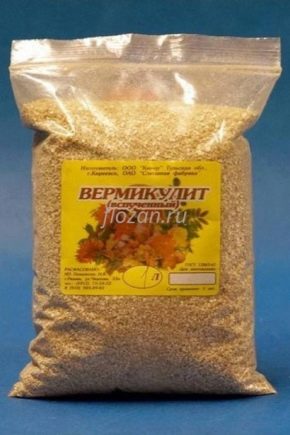
The use of vermiculite for seedlings is due to its useful features - inertness to entry into chemical compounds, resistance to thermal effects and the ability to absorb moisture. Vermiculite is used in agricultural technology for various needs: growing potatoes, seedlings of cultivated plants, berry bushes and tree seedlings. The mineral is added to the soil and during the cultivation of indoor plants. This allows you to avoid hardening of the soil, to give water and air access to the root system.
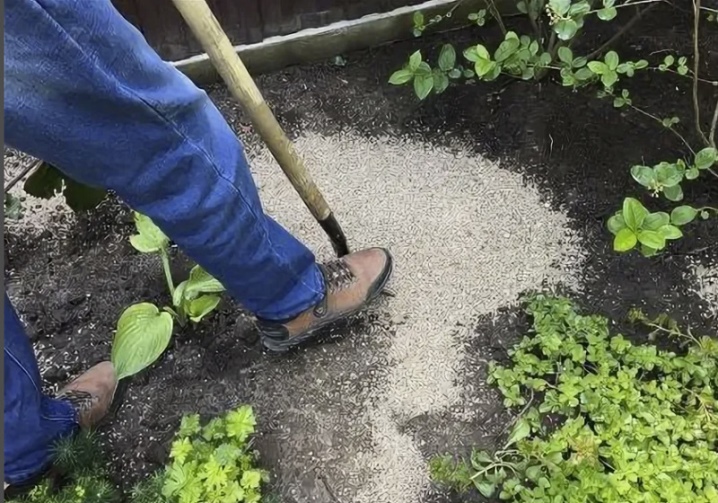
Advantages and disadvantages
It is easier to grow any plants using valuable fertilizers. Experts note that vermiculite for seedlings provides advantages that allow you to grow strong seedlings that are resistant to external influences, capable of giving an excellent harvest with further cultivation already in the open field. The temperate climate presupposes the frequent use of the seedling method, which allows plants to ripen faster and get a higher yield. Vermiculite has undoubted advantages that help to improve the growth and strengthen young plants before they are transferred to open ground:
- natural composition, which has some differences in different types of fertilizers, replete with micro- and macroelements, while absolutely safe for the environment;
- the ability to reduce soil acidity, improve its quality characteristics and increase aeration in the upper and lower layers;
- moisture absorption, prevention of the reproduction of pathogenic microbes and the formation of a crust on the surface of the soil;
- protection of the root system and prolongation of the shelf life of the already harvested crop.
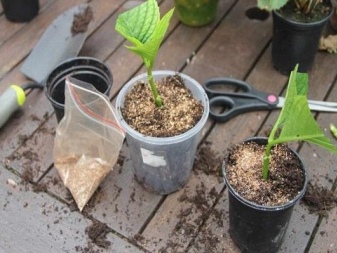
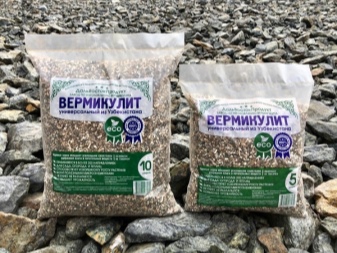
In these advantages, small disadvantages of ecological fertilizers are lost - vermiculite gives up the accumulated water rather slowly, requires the indispensable use of auxiliary compounds. With excessive use, it can alkalize the soil, hide the development of larvae that reproduce under its cover.
For seedlings, it has additional positive properties - the non-hardened root system is provided with much-needed oxygen and nitrogen, the roots are protected from decay, there is no likelihood of developing fungal infections. Excessive moisture reduces the likelihood of violent growth of moss and weeds. In addition, the use of this common fertilizer allows plants to better assimilate other baits (for example, organic matter and mineral fertilizers).
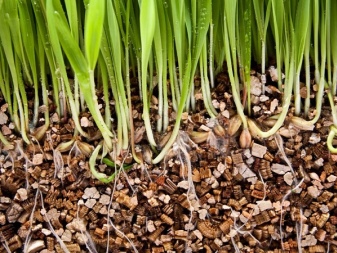
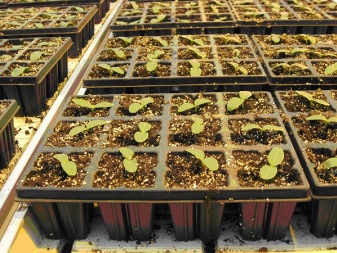
Comparison with perlite
In special sources, one can find persistent advice to use not one composition, but a mixture in the correct dosage. There is a rationale behind this, since both vermiculite and perlite have pros and cons. Pointless disputes, which is better, constantly conducted by summer residents, are associated with the fact that both compositions have bonuses and disadvantages. Perlite, unlike its competitor:
- has a completely democratic cost and reduces the cost of growing seedlings;
- it is equipped with an increased ability to aerate and transmit light - due to this, the soil dries quickly and the germination of the seed increases;
- when watering, moisture intensively spreads over the soil, nutrients quickly enter the root system, the plant grows faster.
The disadvantages of perlite seem to be more significant - its use requires an increase in the amount of moisture introduced, in combination with hard water, the soil quickly alkalizes, breaks down faster and cannot retain useful components inside. It is difficult to assess how justified the costs of fragile particles, which often turn into dust during transportation, are justified. A number of necessary measures can be mentioned to protect the respiratory organs and skin during work.
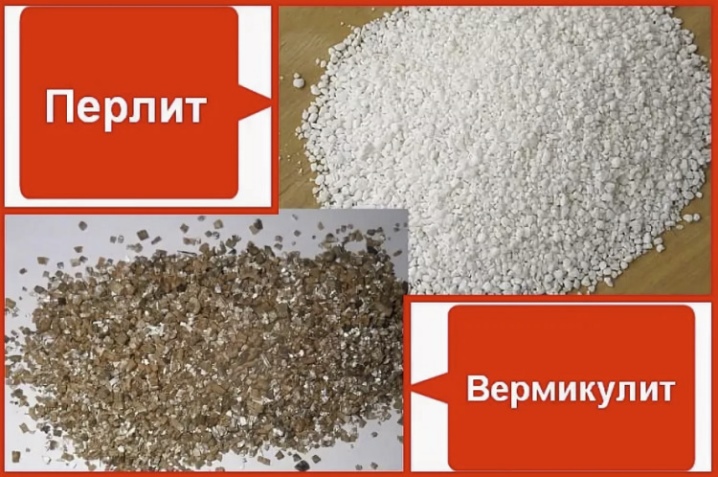
Experts are wary of drawing categorical conclusions, arguing that the use of perlite or vermiculite is more optimal for growing, and that it can bring more benefits. Each farmer has the right to choose a more expensive or cheaper substance. There has been a lot of talk lately about joint use. Practical experience justifies it, gives grounds for approval of relative innovation. Correct proportions in the nutritional formula are said to be the key to success.
Against the background of so many advantages, the disadvantages of vermiculite seem insignificant, with even a little experience in plant growing, they can be easily stopped by preventive measures. And the ability to form dust, which is certainly mentioned in publications on special sites, is characteristic of most useful compounds used in horticulture.
Therefore, attention is always focused on the need to protect the skin and respiratory organs when working with them.
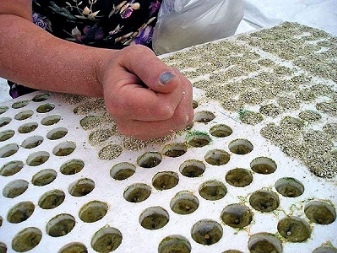
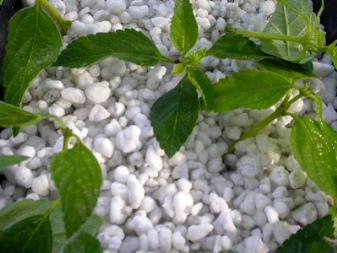
How much should be added to the soil?
The proportions that must be maintained in application for different purposes are determined not only by the properties of the natural material as a whole, but also by the ratio of minerals in its composition. Several varieties can be found on sale, and each of them has its own characteristics. For example, in Altai, there is more magnesium, iron, a sufficient amount of potassium. Chelyabinsk is versatile in application. Kazakh alkalizes soil with high acidity, and imported, of a specific red or brown shade, absorbs moisture less actively and is not very suitable for places with excessive moisture levels.
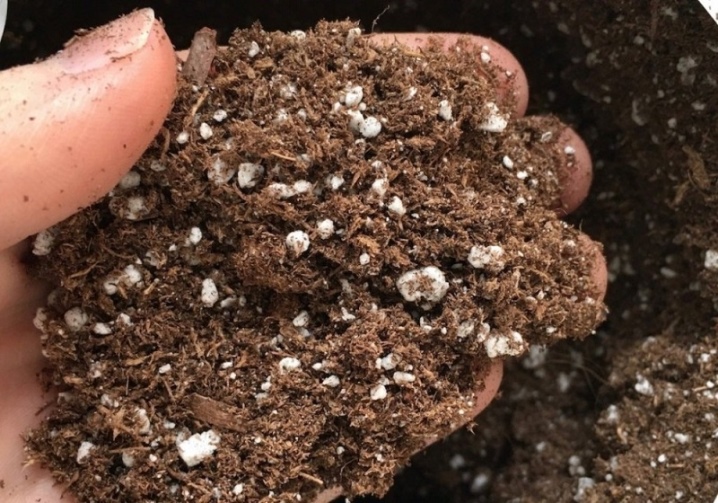
Experienced farmers can roughly determine how much to put in a natural component in order to fully use its features and not get a negative result with an overabundance.
- In its pure form, vermiculite is used only in hydroponics, but germination of seeds and preservation of bulbs are also recognized as an acceptable option. In the last two cases, it is preferred not to mix it with additional components.
- When introduced into the soil, it is advised to add it so that the concentration does not exceed a third of the total soil composition. If the mineral has been used previously, the soil can be mixed in a 1: 3 ratio.
- In other cases, with repeated application, the consistency is in a ratio of 1: 6. Experienced gardeners will certainly mention the useful features and ease of using valuable raw materials, but the main component of success is the correct choice of the correct dosage.
- By adding other components for loosening, you can reduce the content of vermiculite in the soil up to 10%. The same amount is recommended when growing indoor ornamental plants in pots.


Certain nuances of application to the ground must be taken into account by the diameter of the material particles. Microscopic or small scales are used for various needs - germinating seeds and picking seedlings, creating drainage in soil layers, mulching and improving the quality characteristics of soil for indoor plants or growing seedlings before transferring to open soil.
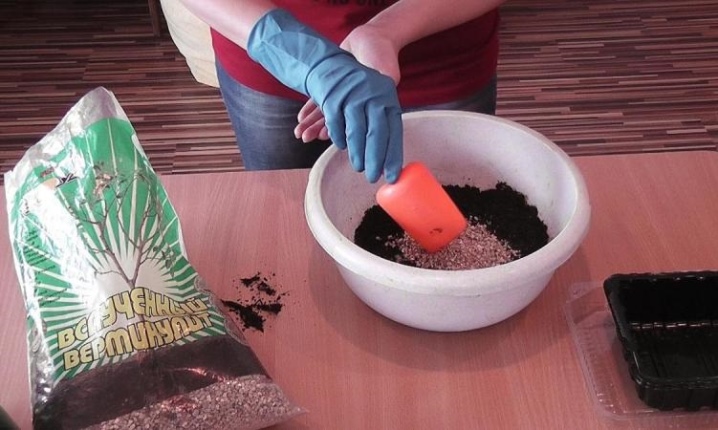
Application rules
These rules are based on the characteristics inherent in mineral raw materials. Its valuable properties with an excess content easily turn into disadvantages: the soil is alkalized, which they just wanted to protect from excess acidity. This requires more water due to its ability to immoderately absorb moisture.Different plants require an unequal ratio of water and nutrients, so there are no universal recommendations on how to use vermiculite for planting. The advice of experienced farmers and experts is differentiated according to the needs and goals, types of plants and periods of their development, types of soil:
- heavy soil involves the use of vermiculite as a safe baking powder, preventing damage to the root system due to lack of aeration;
- light soil is already sufficiently permeable, therefore, mineral raw materials are introduced to retain moisture;
- in hydroponics, vermiculite supports the root system by providing it with sufficient nutrients.
In each case listed, to enter correctly means a different amount, selected according to variable criteria. Therefore, there is no universal method.
There is a scrupulous selection of options in which you can be guided by the advice of experienced farmers.
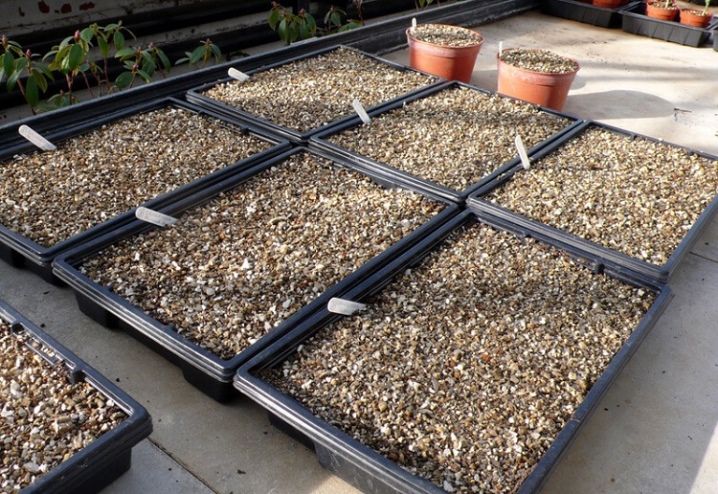
Recommendations for use for different plants
If applied correctly, vermiculite will come in handy at any stage of spring and autumn work to ensure a decent harvest. Sowing seeds, growing seedlings and transferring them to open ground as soon as readiness and suitable natural conditions are achieved is an urgent need in which workers of temperate climate gardens resort to vermiculite. The soil for fragile, vulnerable seedlings must be appropriate for the culture. To grow what you have conceived, you need to choose the right proportion correctly.
In all other respects, according to people with practical experience, vermiculite is an extremely simple raw material that even a beginner gardener can handle.
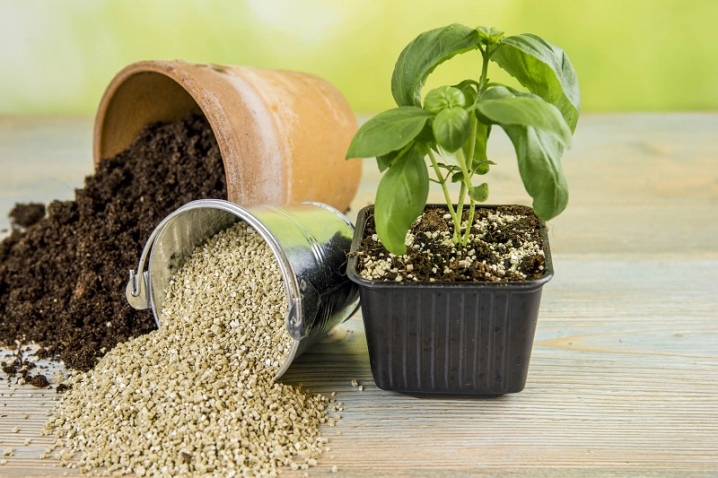
For vegetables
Growing tomatoes, according to experts, should not be accompanied by a concentration of more than 25% of mineral raw materials in the soil. With this ratio of vermiculite and soil, pepper also grows well. Those who grow seedlings for commercial purposes often mix soil and minerals in a 1: 2 ratio. This does stimulate the growth of seedlings, but degrades the properties of an adult plant.
For cabbage, a 25% content is also optimal, but for cucumber seedlings, the mineral content is permissible even in a 1: 1 ratio.

For flowers
The cultivation of petunias even in ordinary soil by experienced growers often becomes a real problem without the use of perlite, river sand, vermiculite and other fertilizers. The cultivation of ornamental plants in pots and in open ground - eustoma, lavender, indoor and ampelous crops - is recommended to be carried out at a concentration of 1: 2, but on condition that already germinated seed is planted in the soil mixture. To obtain it, you can use growth stimulants.
There are separate recommendations for nightshade, tuberous and bulbous.
But the basic rule is the determination of concentration depending on the pursued goal.
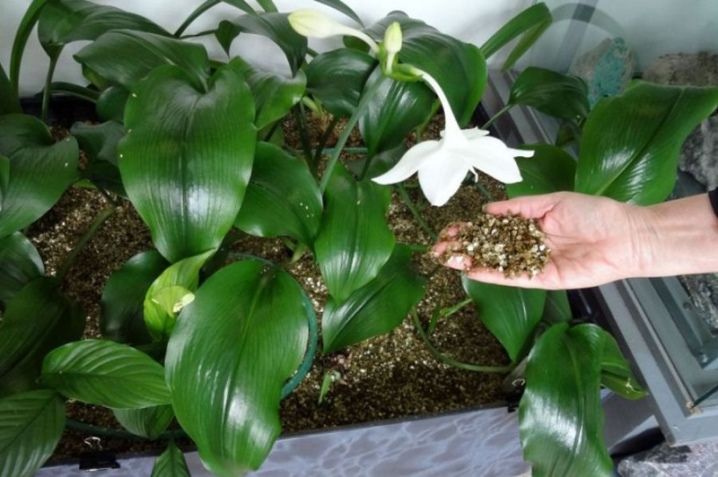













The comment was sent successfully.